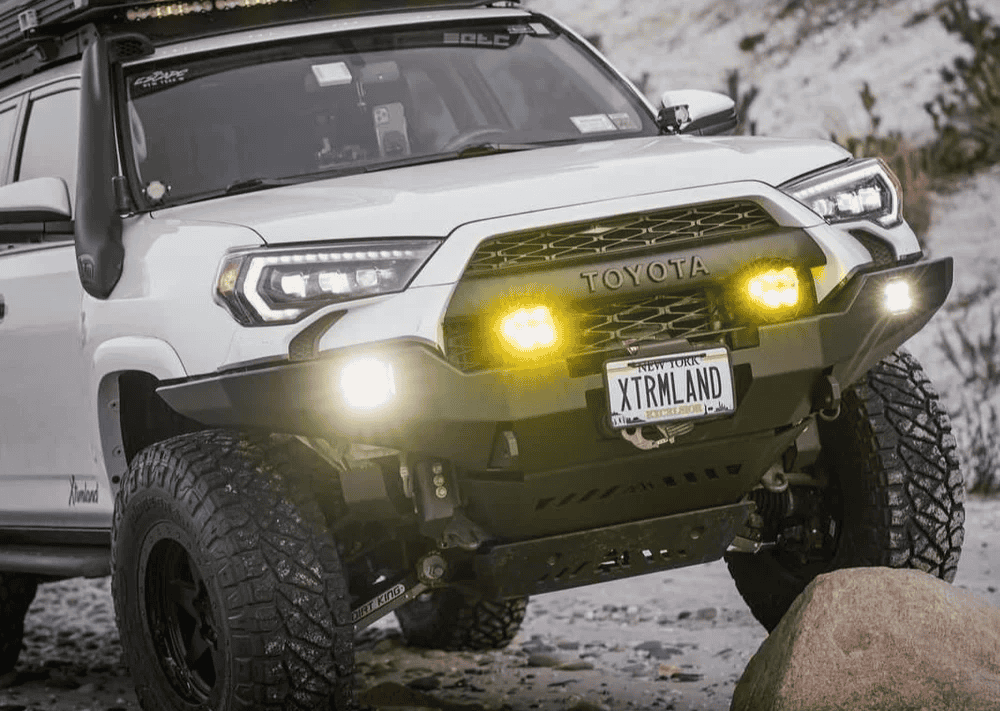Overland Vehicles

A mobile command overland vehicle is a self contained workspace that brings communications, coordination, and decision support to the edge of the incident. Unlike a traditional office based command post, it must drive into uneven terrain, remain stable when parked, and keep working when utilities fail. The platform can be a van, box truck, or truck chassis with a purpose built module. Ground clearance, traction control, and suspension tuning matter because mission uptime depends on reaching the site in the first place.
Inside, the heart of the vehicle is the communications rack and operator stations. Radios across bands, satellite connectivity, and bonded cellular create a ladder of options so teams can pass traffic even if one network goes quiet. Monitors and mapping tools give a live picture of the scene. A whiteboard or digital dashboard helps prioritize tasks and record decisions.
Power resilience is the other pillar. Lithium batteries, smart inverters, solar input, and shore power give flexible charging and clean output. Many teams add a generator for long events or extreme weather. The aim is silent, low emission operation for most cycles, with a backup that can run essential loads if needed. Temperature control, filtration, and lighting keep the cabin safe and workable during extended shifts.
A communications suite should balance interoperability and simplicity. Multi band radios, a dispatch console, and cross band gateways allow different agencies to talk without friction. Satellite terminals extend coverage beyond cell range and enable push to talk, data, and voice. Network management hardware shapes traffic so mapping, weather, and video do not starve command voice.
Power and energy storage need careful sizing. Start with a load list that includes radios, screens, networking, HVAC, task lighting, and charging. Right size the lithium bank and inverter charger to cover peak draw and overnight cycles. Solar can offset daytime loads when stationary. Quick connect shore power lets the vehicle plug in at staging areas. Clear labeling and state of charge readouts keep crews confident and prevent surprises.
Operator workflow drives the layout. A compact galley is optional, but hydration and basic food storage keep teams focused. Quiet zones for radio traffic, a small table for planning, and cable management to avoid trip hazards are essential. Seat orientation, restraint systems, and secure mounts protect equipment and occupants when the vehicle moves. Exterior scene lighting and awnings expand usable workspace.
Interoperability is more than a spec sheet. Programmed channel plans, color coded headsets, and a simple talk path chart reduce confusion during high tempo events. Bonded cellular routers aggregate carriers to stabilize video and data, while a small satellite terminal provides a last mile for critical messages. Antenna placement on a roof rack or mast preserves range and minimizes interference.
Energy audits before purchase save headaches later. Choose an inverter with headroom for startup surges from HVAC or microwave loads. Use DC circuits for radios to reduce conversion losses. Vent battery compartments, monitor temperatures, and include manual bypasses for service. A small solar array can extend runtime and keep standby vehicles topped off between activations.
Plan cable paths, label ports, and keep the floor clear. Shock mounted racks protect electronics when traveling on washboard roads. Tie down every loose item. Redundant task lighting prevents eyestrain during night operations. Keep fire suppression within reach and mount first aid where any crew member can find it fast.
Building the right vehicle starts with a mission profile. List the incidents you support, terrain you face, crew size, and typical activation length. Create requirements for communications, power, storage, and seating. Conduct a tabletop exercise to test the layout on paper before fabrication begins. Pre delivery testing with live radios and simulated loads confirms the design works when it counts.
Training is ongoing. Make checklists for startup, shutdown, and comms reconfiguration. Run quarterly drills to refresh muscle memory and verify equipment health. Maintenance includes battery health checks, firmware updates, antenna inspections, and HVAC service. Keep a logbook of activations and lessons learned to guide future changes. With this approach, the vehicle remains ready to deploy and evolves with your mission.
If your team needs an overland ready command solution, seasoned builders can translate these requirements into a dependable platform. OZK Customs outfits overland vehicles and commercial vans for incident command, mobile offices, and first responder use, aligning communications and power with real world deployment. Explore our approach to capable rigs at Overland rigs, see configuration paths at Custom overland upfit, and learn about our process at Why choose OZK Customs. Share your mission profile and we will help you design a rig that arrives, operates, and returns without drama.
Planning a mission ready command rig? OZK Customs designs and builds overland command vehicles and commercial vans for public safety and field teams. Share your mission profile and timeline, and we will spec a solution that balances communications, power, and crew workflow. Start the conversation and secure your production slot.
ADDRESS:
6159 E Huntsville Rd, Fayetteville, AR 72701
PHONE:
(479) 326-9200
EMAIL:
info@ozkvans.com